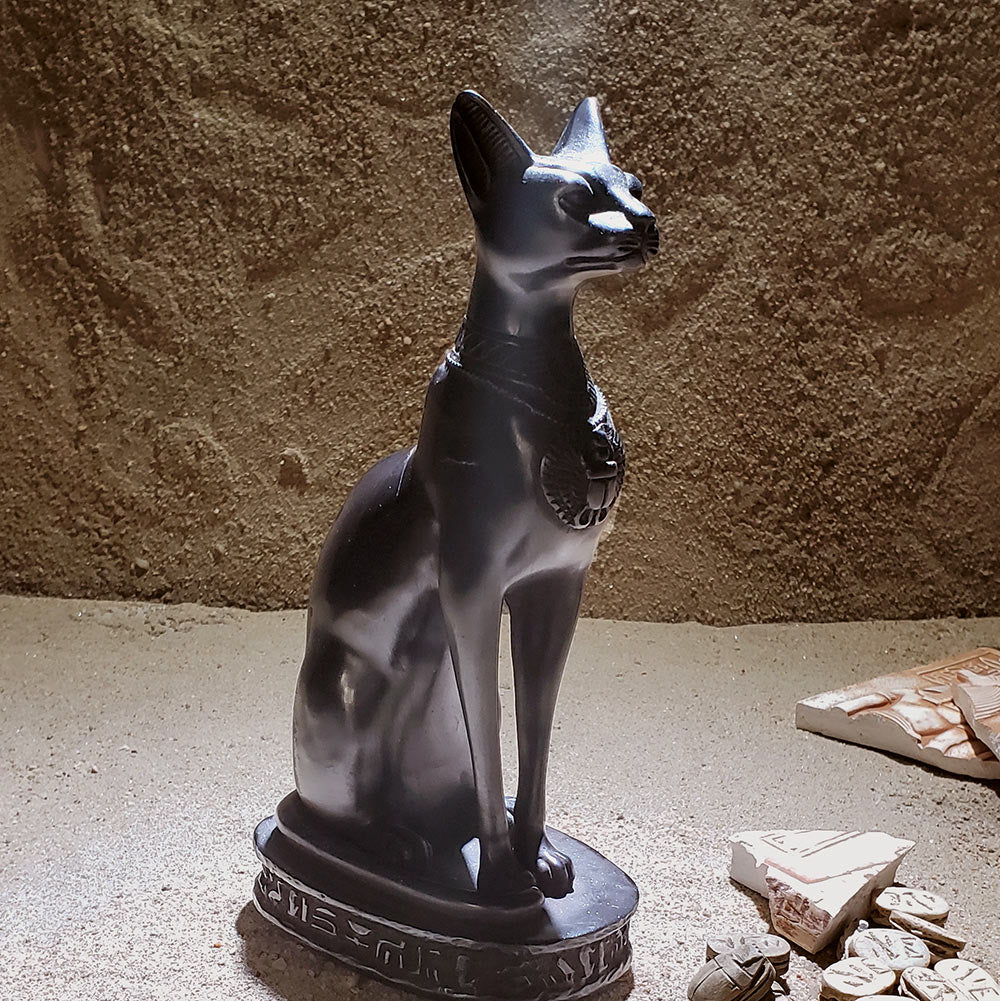Exploring Ancient Egyptian Cosmetics
Visiting the National Museum of Egyptian Civilization
Exploring the Tomb of Ramose in Ancient Thebes
Ram-Headed Majesty: Understanding the Egyptian God Khnum
Exploring the Ancient Marvels: A Journey to Memphis, Egypt
Egyptian Ankh: A symbol representing life, immortality, and the divine
Exploring the Enchanting Ceilings of Dendera Temple of Hathor















